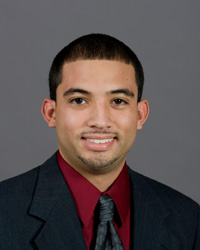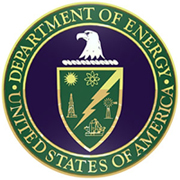 Lee Brady (Mechanical Engineering) About Our DOE Fellow: DOE Related Projects: |
In the summer of 2009
Lee Brady fulfilled the role as a test engineering intern for NuVision Engineering Inc. located in Mooresville, N.C. As a test engineer intern, Lee was engaged in generating test plans, installing equipment, commissioning, and validating performance of a single nozzle system, a convection cell system, and targeted nozzle systems. While conducting tests, other duties included the operation of equipment, maintaining logbooks, recording data and analyzing results. Lee worked closely with the lead engineers to evaluate the performance during testing and modify the methods, parameters, and procedures as required to demonstrate that NuVision’s Power FluidicsT technology is a viable option for the mixing duty required to promote a fresh boundary layer which is paramount in the pursuit of dilute-chemistry acid cleaning in High Level Waste tanks located at the Savannah River Site. When not contributing as a test engineer intern, Lee provided NuVision Engineering with 3D modeling and animations.

Currently
One of the main challenges facing the unplugging of High Level Waste lines is the distance between the access point and plug location. The large volume resulting from this distance dramatically decreases the effectiveness of in-line and remote unplugging technologies. For the case of in-line technologies, negotiating around elbows, and having long tether lines presents a strong limitation. Remote unplugging technologies face the challenge of the dampening of the generated pressure waves over the length of the pipeline and also have limitations on elevation changes. Lee has successfully built a prototype of a pipeline crawler for the removal of radioactive plugs. The design will be a pneumatic and self-propelled to aid in the unplugging of transfer pipes between High Level Waste tanks at DOE sites. The crawler’s materials and its components are able to survive the harsh environments of High Level Waste pipelines. The head of the crawler will be able to employ different unplugging technologies (drilling, water drilling, chemical dispensing, etc.)
Front View
Side View



